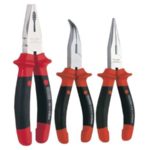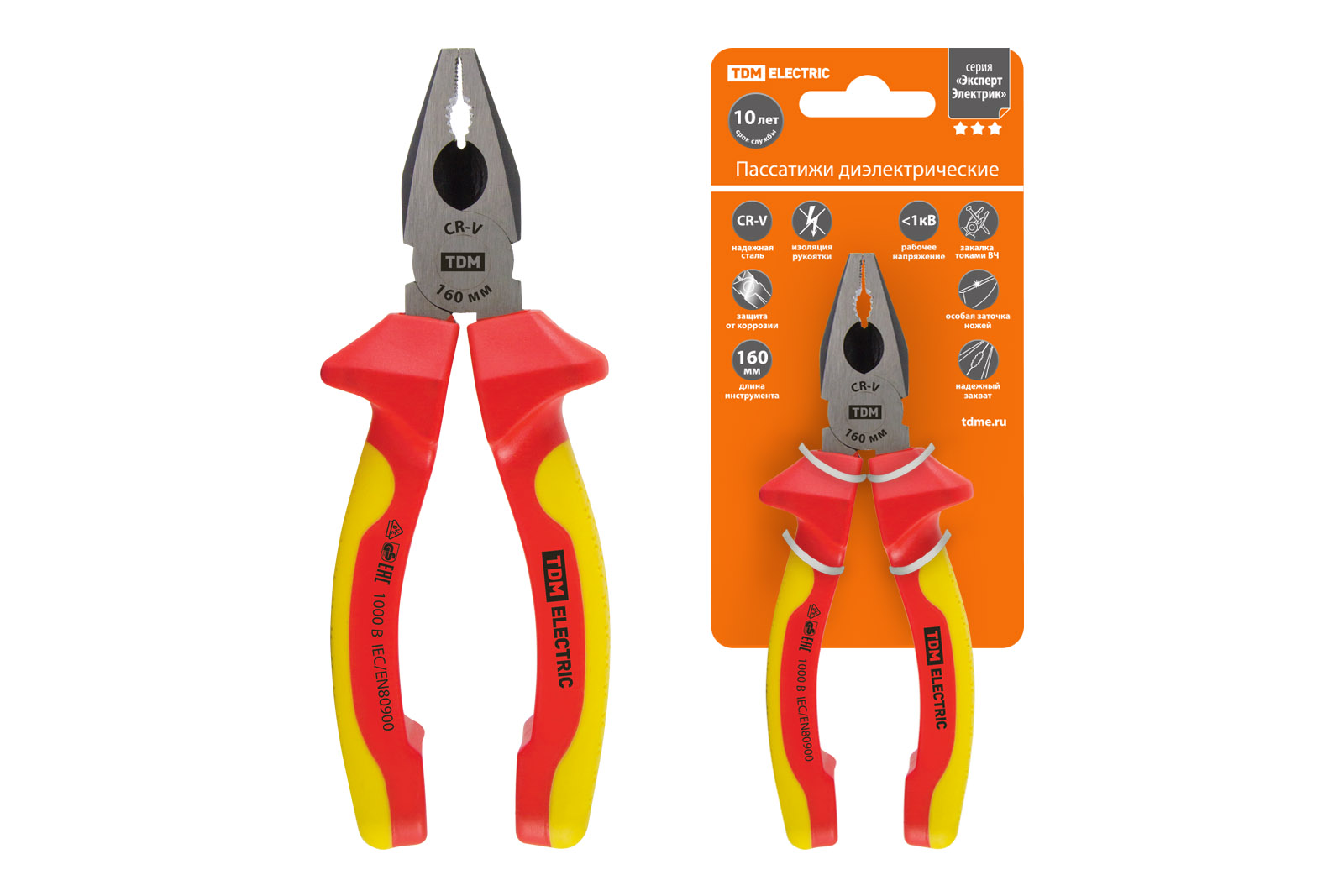What is the difference between pliers and pliers
Each master keeps in his arsenal a huge number of different devices that help him solve his tasks. Perhaps the most indispensable tools are pliers and pliers. They are widely used not only by professional locksmiths, but also by home craftsmen in construction and everyday life.
Thanks to them, you can assemble or disassemble various equipment and electrical appliances. Moreover, they can even replace the key when it is necessary to tighten or unscrew a bolted connection. However, I would like to note that some inexperienced users confuse these two tools because, at first glance, they seem similar. Today we will look at these devices and tell you what their differences are.
The content of the article
What are pliers with photo
They are one of the types of pliers. In fact, this is a universal device that is necessary for construction, installation and dismantling work.
Thanks to them, you can hold objects, even in the shape of a cylinder, and also clamp bolted joints. They are fixed in jaws, on which several grooves are “cut”, and there is also a notch. Thanks to its corrugated surface, the parts do not slip, and the pliers do not rotate during operation.
Universal pliers are also side cutters, since they cut wires and wires well and allow you to remove insulating material from cables. If it is necessary to trim a rigid metal structure, then it is appropriate to use models with a special edge. The recess between the clamped parts and the working part, as well as the compression force, is selected based on the characteristics of the objects and the work process itself.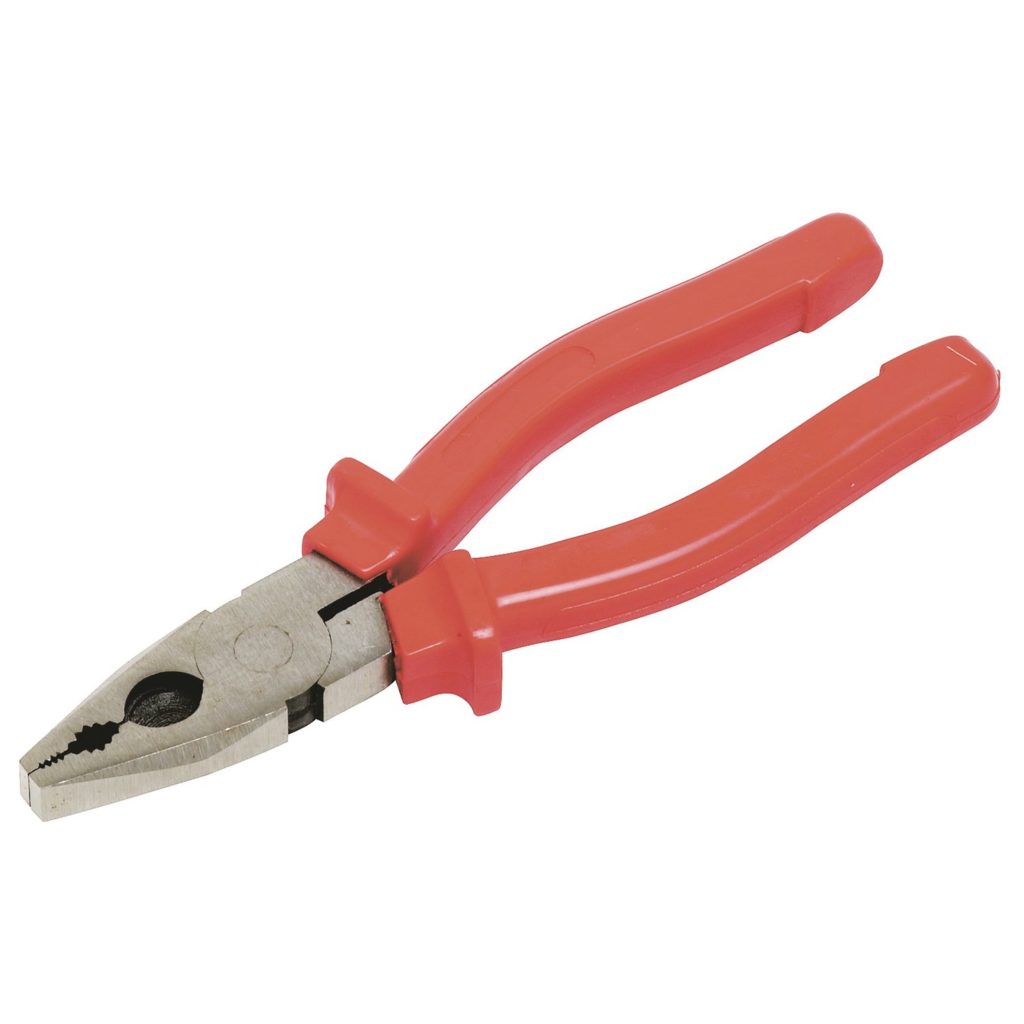
It is worth noting that the differences between pliers and pliers lie in the production process itself. For the former, high-quality steel is always chosen, after which the surface is oxidized and chrome-plated. Thanks to this, the metal is not afraid of moisture, and rust and corrosion do not occur on its surface. However, not every tool is equipped with insulated handles.
Important! If there is no marking on the handles (the voltage rating at which this particular tool is allowed to work), then they cannot be used with power tools and wiring.
Features of pliers with photos
This tool differs from pliers in its purpose - it is intended for installation and electrical work, as well as for plumbing. Their jaws are presented in the shape of a pyramid, and several notches are “cut” on the flat part. The working part is connected to the handle, and the whole thing is driven by the pressing force of the master and the hinge.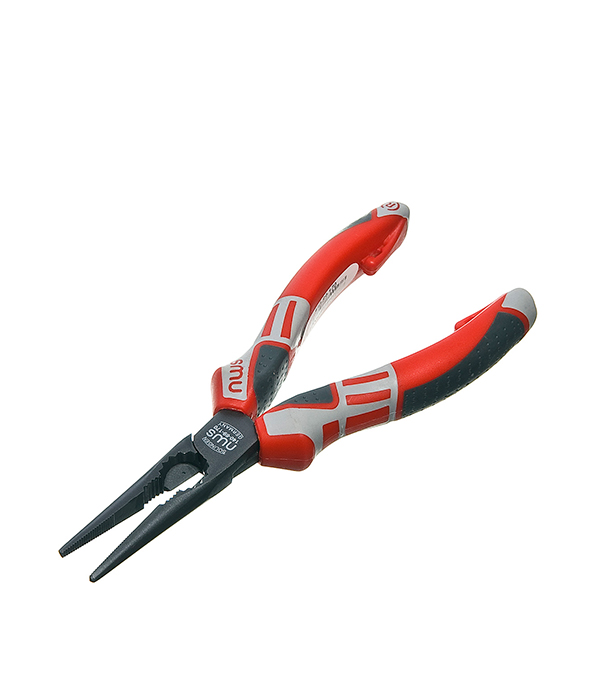
There are several types of pliers, and they differ from each other in the type of jaws:
- Curved at an angle. Allows you to manipulate objects that cannot be reached or removed with a classic tool. That is, they are designed to work in hard-to-reach places and in limited spaces.
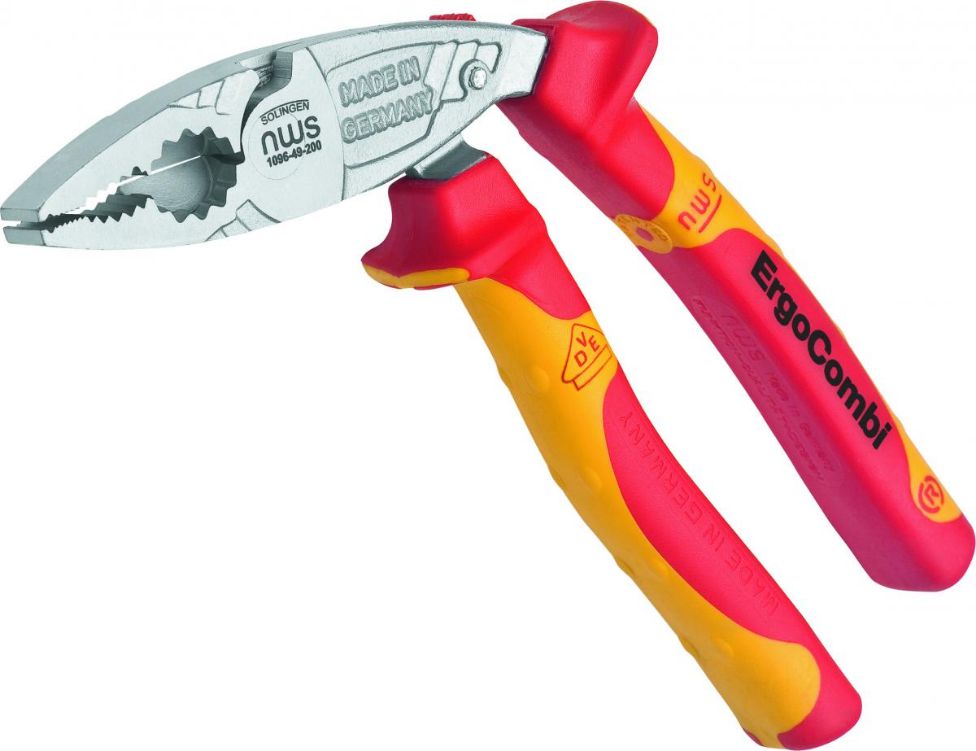
- Narrow long lips. Also suitable for work in confined spaces.
- "Platypus". They have the greatest compression force.
- With insulated handles. Designed for electrical installation work and repair of live devices and devices.
- With additional attachments. This tool allows you to work with small or fragile parts.
Reference. The bending radius of some jaws can reach 60 degrees, making it easy to remove removed parts or wires.
Pliers or pliers - what is the correct name, and is there a difference between the tools?
In appearance, and also in design (working mechanism), these two tools are practically no different, since each of them is equipped with a hinge, thanks to which it is possible to create greater pressure force. Each of them can hold different parts. However, the main difference is the configuration of the jaws.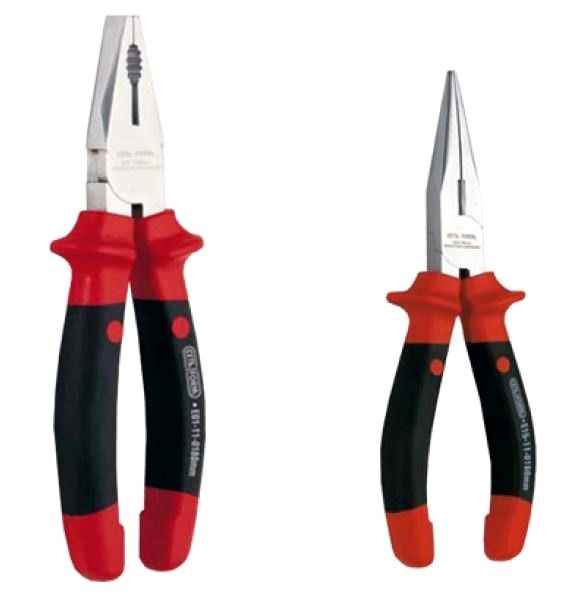
The pliers on the inside are equipped with one or two grooves with notches. This “cutting” allows you to hold cylindrical parts. Pliers do not have such recesses, and the inner working surface is flat. So that it has good adhesion to the parts, one notch is applied to it.
The next difference is the parameters of the work items. Despite their similarity, these instruments have serious differences. The pliers are the same size along their entire length, and the pliers can taper.
Another difference is the scope. The first is a universal device that allows you to perform various manipulations. They are intended for carpentry, plumbing, dismantling and installation work. Thanks to them, you can hold large objects up to 20 centimeters in size.Such a high degree of opening is due to the presence of a recess along which the hinge can move.
The latter can only perform certain actions, so we can say that they are a highly specialized tool. The degree of disclosure has standard parameters and cannot be changed.
In conclusion of this material, we can say that pliers are a “single” tool, and pliers are a multifunctional device that can replace side cutters, hand vices, end cutters, and even sometimes wrenches. For these reasons, purchasing pliers is a more appropriate purchase. But pliers are more often found in your father's toolbox than on store shelves.

